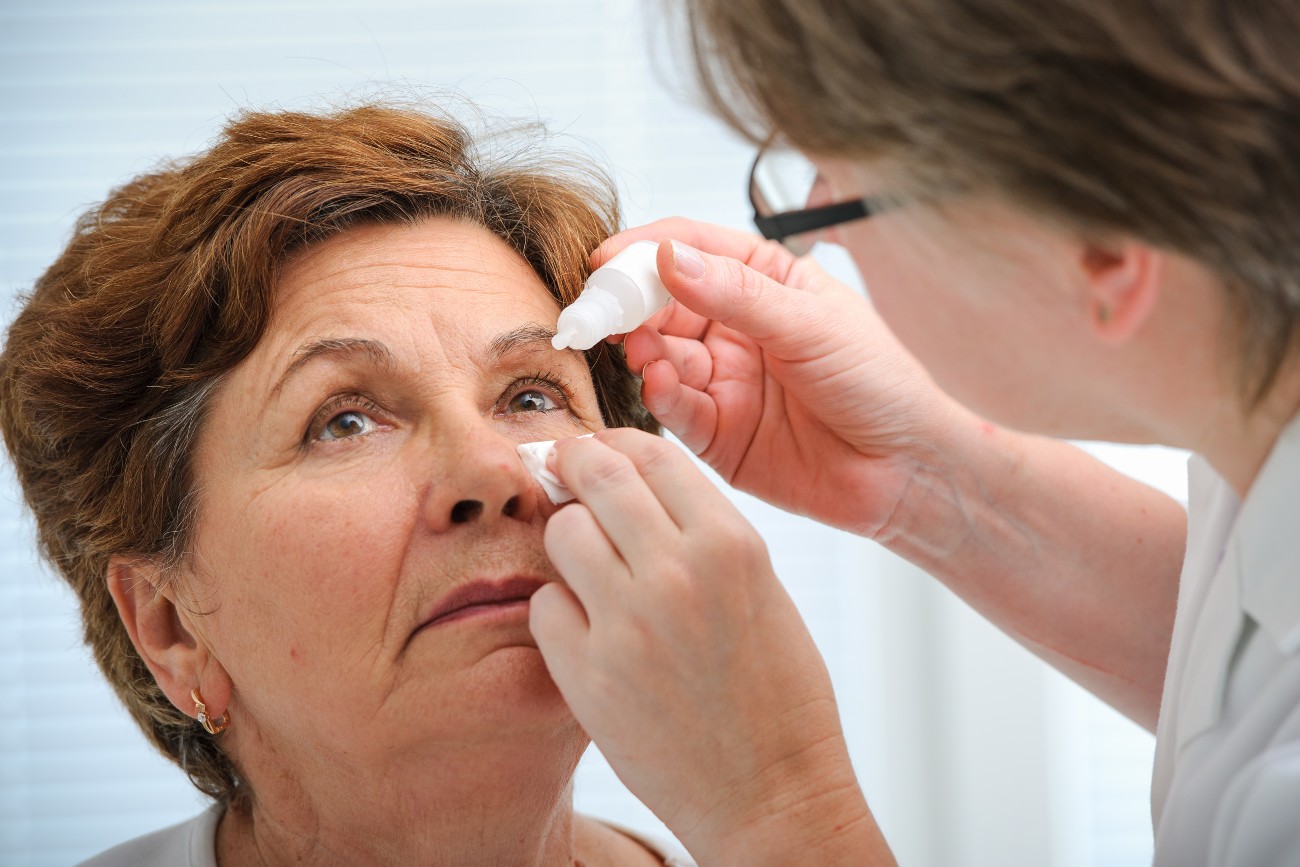Are you suffering from fatigue, itchiness, or stinging in your eyes? You might be suffering from dry eye syndrome. Fortunately, you can learn everything you need to know about dry eye syndrome with a search online right now.
Though uncomfortable, dry eye syndrome is a common, chronic condition. While there is no cure, there are many effective treatment options available. Finding the right one simply requires a bit of research and consultation with your doctor.
Symptoms of Dry Eye Syndrome
Dry eye syndrome is very uncomfortable. It starts when your eyes aren’t able to provide enough lubrication, which can lead to inflammation and eye damage. This condition can impact one or both eyes.
Common signs and symptoms include:
- Stinging, burning, or scratchy sensation
- Stringy mucus in or around the eyes
- Light sensitivity
- Redness
- Sensation of having something in your eyes
- Difficulty wearing contact lenses
- Difficulty nighttime driving
- Watery eyes
- Blurred vision or eye fatigue
Symptoms can vary from person to person. It’s possible these symptoms could be related to something other than dry eye syndrome, so make sure to see your doctor for an accurate diagnosis.
Causes and Risk Factors
When your eyes are healthy, they are constantly covered in a fluid called tear film. This prevents your eyes from getting dry and gives your clear vision. Dry eyes appear as a result from an imbalance of tear mixture or insufficient tear production.
Taking certain medications can cause dry eyes. Sleeping pills, birth control pills, antihistamines, and some diuretics are a few examples. Living in dry, sunny, windy, or other types of dry air climates can also be contributing factors.
While it does occur in men, dry eye syndrome is most common in women. Those more at risk are women who are pregnant, on hormone replacement therapy, or going through menopause.
There are certain underlying conditions that have been linked to dry eye syndrome. Some of them include:
- Chronic allergies
- Conditions that push the eyes forward such as thyroid disease
- Immune system disorders such as lupus or rheumatoid arthritis
- Exposure keratitis
- Vitamin A deficiency
- Shingles
- Bell’s palsy
- HIV infection
It’s possible for someone to experience dry eye symptoms by spending too much time staring at computer screens. Staring at blue light emitted screens can suppress blink reflexes, leading to dry eyes. If you’re experiencing the symptoms of dry eyes or fall under the risk factor, see your doctor to find out how it can be treated.
Diagnosis and Treatments
Your doctor will usually be able to tell when you have dry eye syndrome. They will typically perform an eye exam and also go over your health history. From there, your doctor may also do the Schirmer test to measure your tear production. A low volume result could indicate dry eyes.
Another way doctors may diagnose you is with a test that measures the quality of your tears. This will provide insight into how long it takes before your tears evaporate. Doctors may do one or a combination of examination methods when diagnosing dry eye syndrome. From there, you will be given a treatment.
One of the most common treatments is an over-the-counter eye drop called artificial tears. They’re supposed to moisten your eyes and work best for those experiencing mild symptoms. It can be applied several times per day and has a long shelf life.
There are also prescription medications that can be taken orally or as eye drops. They work to reduce the inflammation of your eyelids by stimulating oil production, which is important in preventing tears from evaporating too quickly.
If drops or medications don’t work, eye inserts may be recommended by your doctor. These are small and clear tubes of medication that go into your eye like contacts. This allows medicine to be released throughout the day to keep your eye moist.
There are more types of treatments available for dry eye syndrome, including natural treatments. Just make sure to see your doctor before trying any medication or method.
Living With Dry Eye Syndrome
Dry eye syndrome is a chronic condition that people must learn how to manage. Some people may only need to use medication periodically, whereas those with more severe cases may have to consistently treat the eyes.
Depending on your condition, a combination of treatment methods may be used. See your doctor if you’re experiencing symptoms. The sooner you’re able to treat it, the sooner your symptoms can go away.
Find Help Today
Dry eye syndrome is a prevalent and often chronic condition that affects numerous individuals worldwide. With symptoms ranging from mild discomfort to severe eye irritation, it is essential for those experiencing signs to seek an accurate diagnosis from a healthcare professional.
While there is no permanent cure, various effective treatments, both medical and natural, are available to manage the condition and alleviate its symptoms. As with many health concerns, early intervention and consistent management are key.
 Alexander Raths / Shutterstock
Alexander Raths / Shutterstock